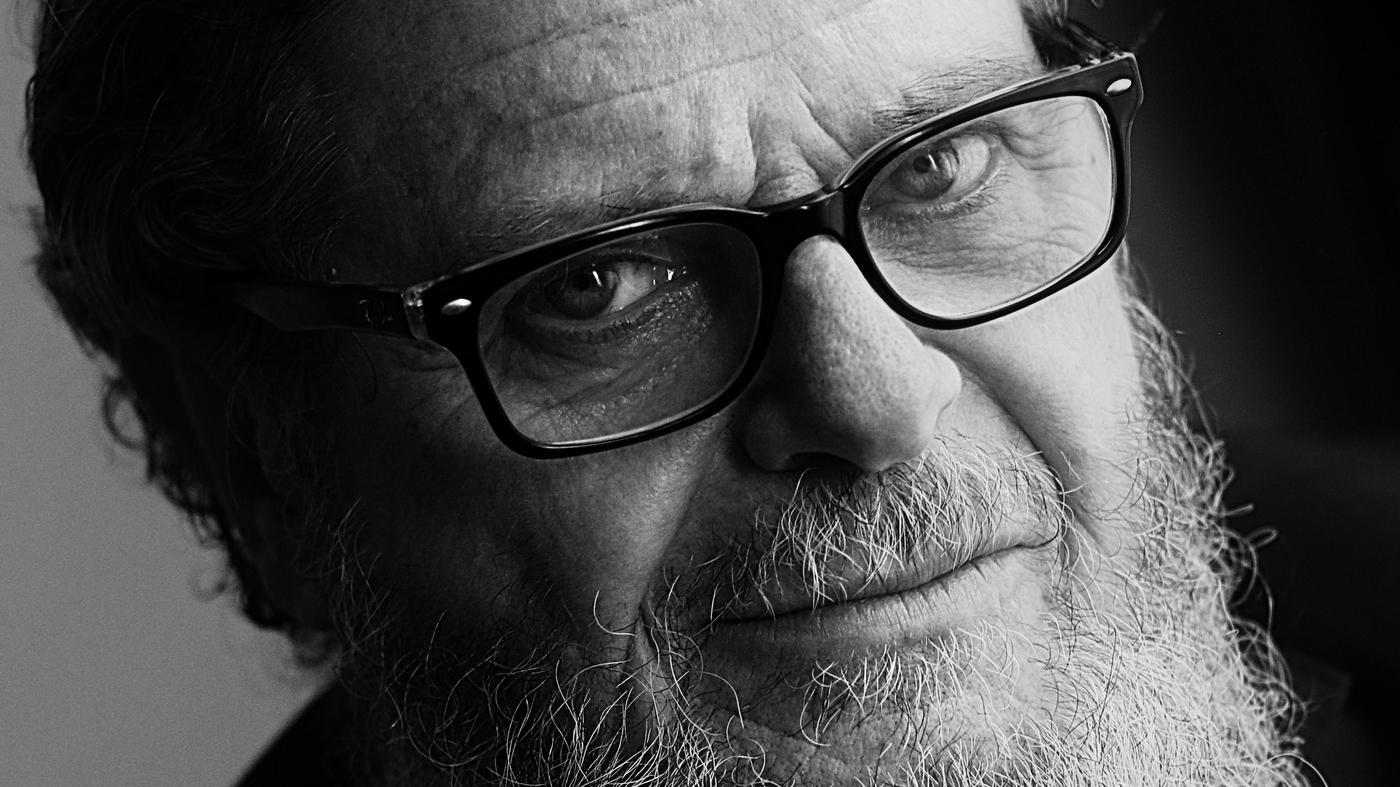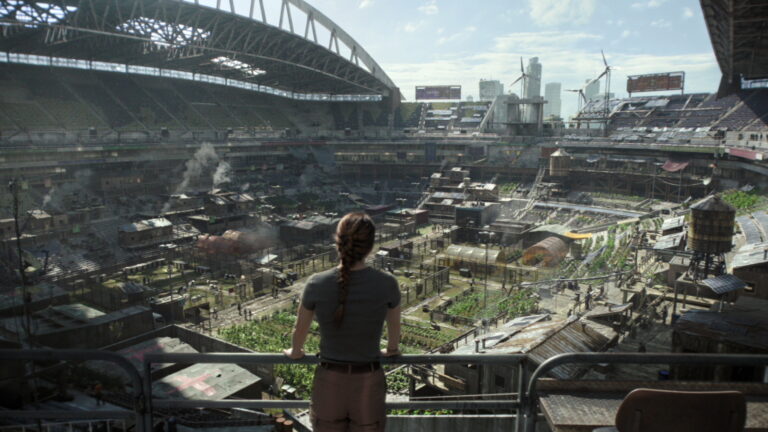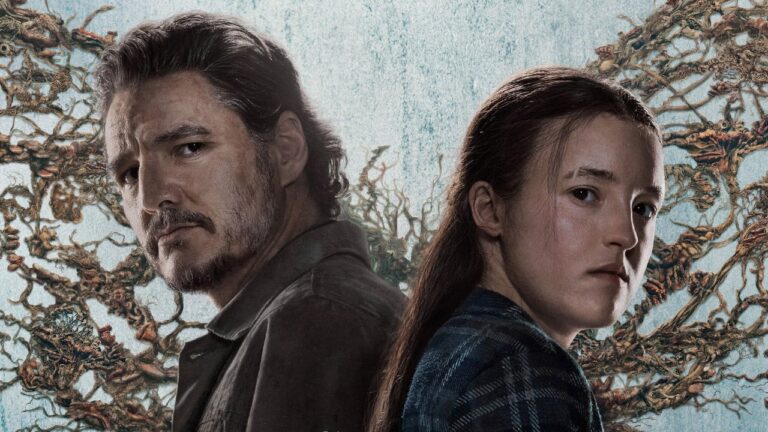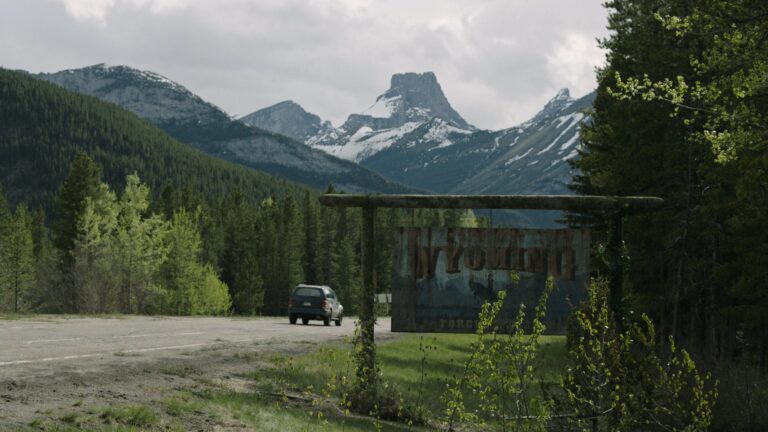For fans of HBO’s hit series “The Last of Us,” Gustavo Santaolalla’s haunting, minimalist soundtrack is practically its own character. Santaolalla, whose signature style captured hearts (and tears) right from Season 1, has returned to weave his sonic magic once again. And with Season 2 beginning a dramatic new chapter, Gustavo’s musical touch has become even more crucial, emotional, and downright iconic.
Returning to the Roots: Santaolalla’s Creative Process
Santaolalla dove straight into Season 2 with the passion of someone who genuinely loves what he does – weaving sound and story into one seamless experience. Instead of taking a traditional “compose-to-picture” route, Gustavo connects deeply with the narrative right from the scripting stage. He immerses himself first in script pages, absorbing emotions, themes, and character arcs, and then lets inspiration flow spontaneously. This unique creative approach keeps the soundtrack fluid and organic, evolving alongside the drama unfolding onscreen.
It’s a technique he’s trusted for decades, and it certainly paid off for him in Season 1. For Ellie, Gustavo handpicked the ronroco, an Andean string instrument brimming with delicate emotion and youthfulness. Joel, gruff and weathered, found his musical match in the heavier tones of a six-string bass. Fans loved these choices because they simply felt right – from those first fragile notes, the characters came to life.
But Season 2 tackles tougher themes and introduces complex emotional layers, especially with Abby entering the storyline. And Gustavo surprised everyone by adding a brand-new instrument to his arsenal: the banjo.
The Banjo and Abby: Fresh Sound for New Faces
Choosing the banjo might have seemed random, especially since Santaolalla had never really used one before. But in Gustavo’s hands, this iconic folk instrument transformed beautifully. According to Santaolalla, its sound perfectly captures Abby’s complicated personality – it’s reflective, searching, melancholy, and even a touch rugged.
Instead of opting for the flashy, bluegrass-style banjo riffs we’re used to, Santaolalla embraced the instrument’s softer, introspective qualities. He explored unfamiliar playing techniques, coaxing deeper, more atmospheric textures out of its strings. As a result, audiences experienced subtle shifts in musical tone every time Abby appeared onscreen. Moody yet gentle banjo notes echoed her hidden emotions, internal struggles, and personal growth, adding stunning dimensional layers to her character.
Collaborating with David Fleming: A Powerful Duo Returns
Santaolalla doesn’t operate completely solo. He’s joined once again by composer David Fleming, elevating the show’s soundtrack to new emotional heights. Gustavo specializes in character-driven melodies and softer, more pensive moments. David, however, thrives during scenes requiring tension and action-packed adrenaline rushes. Together, they’ve established a complementary musical partnership that’s rare in TV scoring today.
In Season 2, their collaboration shines brighter than ever. Gustavo continues to anchor emotional moments, enriching quieter, contemplative scenes between Ellie and other characters with gentle textures. Meanwhile, Fleming significantly boosts the series’ action sequences, crafting tense and cinematic music for iconic moments, like Tommy’s fiery face-off against the Bloater. Their seamless cooperation amplifies emotional impact and narrative power, drawing viewers deeper into the story.
Strategic Silence: Mastering the Art of Less
What makes “The Last of Us” soundtrack distinctly unforgettable isn’t just the notes Gustavo uses; sometimes, it’s the quiet he leaves behind. His music strategically leverages silence as a potent storytelling tool, often speaking louder than any orchestral swell.
That’s not an accident – it’s Gustavo’s deliberate trait as a composer. He once famously said that “silence sometimes can be louder than the note,” and in this show, it rings truer than ever. Back in Season 1, he used quiet moments masterfully in scenes between Bill and Frank, earning an Emmy nomination because of it.
Now in Season 2, he expands on this technique. Carefully placed pauses create emotional space, allowing performances and dialogues room to breathe. These moments become almost tangible. Because of Gustavo’s mindful composition style, every musical cue feels earned, honest, and truly impactful, fully immersing viewers in each heartbreaking and joyous scene.
Gustavo’s Memorable Cameo Appearance
Santaolalla’s music obviously defined the show, sure – but in Season 2 he also snagged an on-camera cameo, surprising and delighting fans. Appearing in the season premiere during a lively Jackson New Year’s Eve celebration, Gustavo briefly steps into the light – not as a composer in the shadows, but as a musician right there onscreen. Strumming softly alongside folk band Crooked Still, his smiling face lit by festive lamps, Gustavo subtly breaks the fourth wall without overshadowing the narrative.
Season co-creator Craig Mazin enthusiastically explained why this cameo felt perfect: first, Gustavo had already appeared briefly in “The Last of Us Part II” video game, playing the banjo in Jackson. Secondly, who wouldn’t want Santaolalla himself adding timeless authenticity? Mazin recounted how much Gustavo enjoyed filming despite tiring shoots – apparently, he “loved every minute of it” and never complained once. For eagle-eyed viewers, this moment connected the composer intimately to the show’s living, breathing universe in a fun, memorable way.
What’s Changed, What Remains the Same
As Season 2 takes darker turns and more emotionally complex paths, Gustavo adapts while staying true to his minimalist spirit. He loves simplicity, the careful placement of notes, and subtle textures over extravagant melodies. He’s consistent about instrumentation, mood, and pacing while joyfully embracing experimentation when it fits. Fans might notice themes returning from Season 1, subtly rearranged – to accompany Ellie’s maturity, grief, or newfound anger – but also entirely fresh pieces saturating Abby’s demanding narrative arc.
Of course, Gustavo’s evolving score clings solidly to series’ roots, preserving the emotional crescendos fans adore. His authenticity comes through clearly each episode. Never showy, his music supports rather than distracts, gently guiding viewers through harrowing choices and intimate interactions.
Looking Forward: Gustavo’s Lasting Impact
If Season 2 proves anything, it’s Gustavo’s irreplaceable role in the show’s emotional pulse. His return wasn’t just anticipated – fans demanded it, trusting that nobody else could capture the tragedy, tenderness, and humanity of “The Last of Us”.
Gustavo isn’t just making background music here. He’s carefully layering empathy, grief, beauty, and pain into every scene. While actors deliver drama, Gustavo provides heart. There’s no doubt that, many years down the line, echoes of Santaolalla’s unique instruments and haunting melodies will remain deeply associated with Ellie, Joel, Abby, and their brutal but beautifully crafted world.
In a TV landscape flooded with complex storytelling, chaotic soundscapes, and loud flashy scores, Gustavo reminds us that less truly can be more. Season 2 is still fresh – but it’s already clear he’s set an impossibly high bar, both for the show and television scoring in general.




